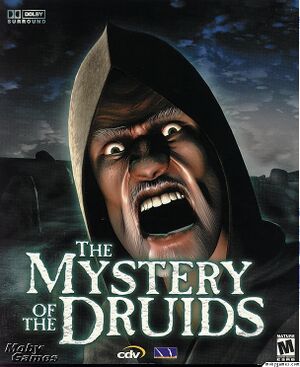Druid: Difference between revisions
Jump to navigation
Jump to search
No edit summary |
No edit summary |
||
| Line 1: | Line 1: | ||
[[Image:Druids.jpg|thumb|Druids are mysterious.]] | [[Image:Druids.jpg|thumb|Druids are mysterious.]] | ||
Pre-christian celtic priests often associated with nature and divination. In modern times druidism has been revived under the faggy new-age movements. | Pre-christian celtic priests often associated with nature and divination (And human sacrifice. Really, guys, how could you forget the human sacrifice?) In modern times druidism has been revived under the faggy new-age movements. | ||
In fantasy, druids are often powerful magicians or cleric variants, who get their powers from comuning with nature, more like historical shamans. | In fantasy, druids are often powerful magicians or cleric variants, who get their powers from comuning with nature, more like historical shamans. | ||
Revision as of 22:52, 14 September 2008

Pre-christian celtic priests often associated with nature and divination (And human sacrifice. Really, guys, how could you forget the human sacrifice?) In modern times druidism has been revived under the faggy new-age movements.
In fantasy, druids are often powerful magicians or cleric variants, who get their powers from comuning with nature, more like historical shamans.
Druids have long been a staple class of D&D where they are known for their shapeshifting abilities, being able to turn into various animal forms, and being hilariously broken in 3.5e.
They are a mysterious bunch.